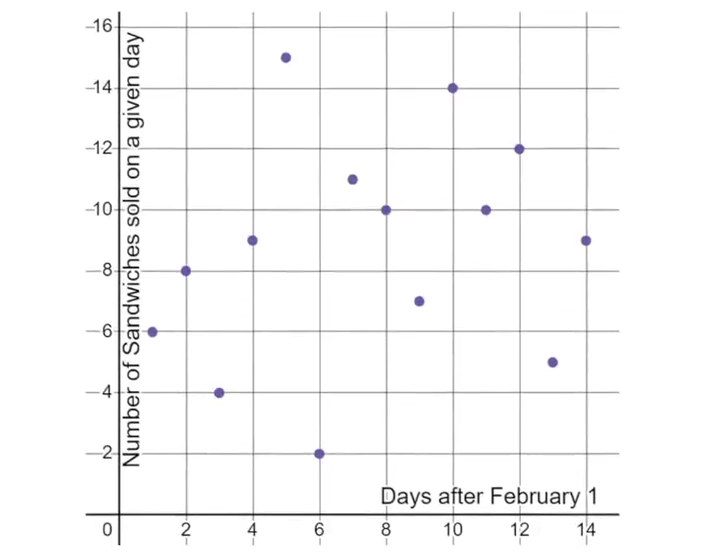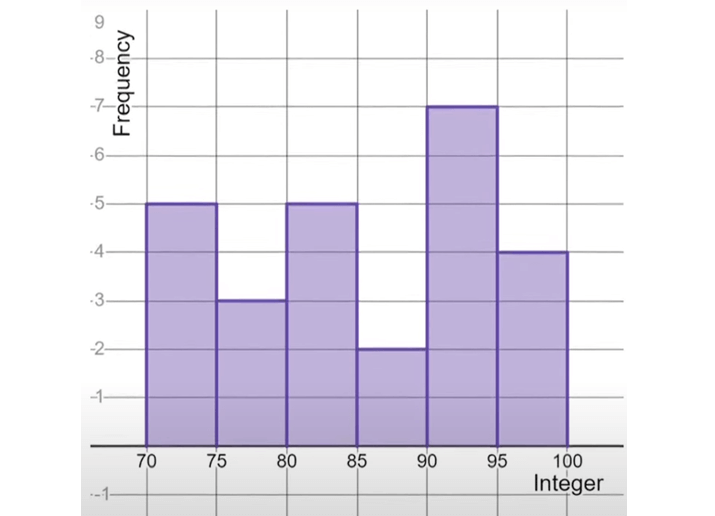ADD SUBTRACT MULTIPLY AND DIVIDE POLYNOMIALS
Adding and subtracting polynomials is the same as the procedure used in combining like terms. When adding polynomials, simply drop the parenthesis and combine like terms. When subtracting polynomials, distribute the negative first, then combine like terms.
When two polynomials are multiplied, multiply each term in one polynomial by each term in other linear polynomial.
When a polynomial is divided by another polynomial, factor the polynomials in both numerator and denominator and cancel out the common factor.
Example 1 :
Add (6a + 3) and (4a - 2).
Solution :
= (6a + 3) + (4a - 2)
= 6a + 3 + 4a - 2
= 10a + 1
Example 2 :
Add (5y2 + 8y + 3) and (4y2 - 5y - 2).
Solution :
= (5y2 + 8y + 3) + (4y2 - 5y - 2)
= 5y2 + 8y + 3 + 4y2 - 5y - 2
= 9y2 + 3y + 1
Example 3 :
Subtract (6a - 5) from (-8a + 9).
Solution :
= (-8a + 9) - (6a - 5)
= -8a + 9 - 6a + 5
= -14a + 14
Example 4 :
Subtract (2x2 + 3x - 5) from (5x2 - 4x - 5).
Solution :
= (5x2 - 4x - 5) - (2x2 + 3x - 5)
= 5x2 - 4x - 5 - 2x2 - 3x + 5
= 3x2 - 7x
Example 5 :
Multiply (3x - 7) and (7x - 3).
Solution :
= (3x - 7)(7x - 3)
= 21x2 - 9x - 49x + 21
= 21x2 - 58x + 21
Example 6 :
Multiply (3x2 - 5) and (2x + 3).
Solution :
= (3x2 - 5)(2x + 3)
= 3x2(2x) + 3x2(3) - 5(2x) - 5(3)
= 6x3 + 9x2 - 10x - 15
Example 7 :
Multiply (p2 + 5p + 2) and (p2 + 5p - 2).
Solution :
= (p2 + 5p + 2) and (p2 + 5p - 2)
Let x = p2 + 5q.
= (x + 2)(x - 2)
Using Algebraic Identity a2 - b2 = (a + b)(a - b),
= x2 - 22
= x2 - 4
Substitute x = p2 + 5p.
= (p2 + 5p)2 - 4
Using Algebraic Identity (a + b)2 = a2 + 2ab + b2.
= (p2)2 + 2(p2)(5p) + (5p)2 - 4
= p4 + 10p3 + 25p2 - 4
Example 8 :
Divide (6x2 - 54) by (x2 + 7x + 12).
Solution :
= (6x2 - 54)/(x2 + 7x + 12)
= 6(x2 - 9)/[(x + 3)(x + 4)]
= 6(x2 - 32)/[(x + 3)(x + 4)]
= [6(x + 3)(x - 3)]/[(x + 3)(x + 4)]
= 6(x - 3)/(x + 4)
Example 9 :
Divide (2 - x) by (x2 + 4x - 12).
Solution :
= (2 - x)/(x2 + 4x - 12)
= (2 - x)/[(x + 6)(x - 2)]
= -(x - 2)/[(x + 6)(x - 2)]
= -1/(x + 6)
Example 10 :
Divide (x4 - 16) by (x2 + 5x + 6).
Solution :
= (x4 - 16)/(x2 + 5x + 6)
= [(x2)2 - 42]/[(x + 2)(x + 3)]
= [(x2 + 4)(x2 - 4)]/[(x + 2)(x + 3)]
= [(x2 + 4)(x2 - 22)]/[(x + 2)(x + 3)]
= [(x2 + 4)(x + 2)(x - 2)]/[(x + 2)(x + 3)]
= [(x2 + 4)(x - 2)]/(x + 3)
Find the perimeter of the following shapes.
Example 11 :

Solution :
Length = 2x and width = y
Perimeter of rectangle = 2(length + width)
= 2(2x + y)
= 4x + 2y
Example 12 :

Solution :
Length = x and width = y2
Perimeter of rectangle = 2(length + width)
= 2(x + y2)
= 4x + 2y
Example 13 :
What should be added to x3 + 3x2y + 3xy2 + y3 to get x3 + y3 ?
Solution :
Let p(x) be the polynomial.
x3 + 3x2y + 3xy2 + y3 + p(x) = x3 + y3
p(x) = x3 + y3 - (x3 + 3x2y + 3xy2 + y3)
Distributing the negative sign,
p(x) = x3 + y3 - x3 - 3x2y - 3xy2 - y3
p(x) = - 3x2y - 3xy2
So, the required polynomial to be added is - 3x2y - 3xy2
Example 14 :
How much is 21a3 - 17a2 less than 89a3 - 64a2 + 6a + 16?
Solution :
Let p(x) be the polynomial
= 89a3 - 64a2 + 6a + 16 - (21a3 - 17a2)
= 89a3 - 64a2 + 6a + 16 - 21a3 + 17a2
= 89a3 - 21a3 - 64a2 + 17a2 + 6a + 16
= 68a3 - 47a2 + 6a + 16
Example 15 :
If P = –(x – 2), Q = –2(y + 1) and R = –x + 2y, find a, when
P + Q + R = ax.
Solution :
P + Q + R = ax
Given that,
P = –(x – 2), Q = –2(y + 1) and R = –x + 2y
-(x - 2) - 2(y + 1) - x + 2y = ax
-x + 2 - 2y - 2 - x + 2y = ax
-2x = ax
So, the value of a is -2.
Example 16 :
Arjun bought a rectangular plot with length x and breadth y and then sold a triangular part of it whose base is y and height is z. Find the area of the remaining part of the plot.
Solution :
Area of rectangular plot = length x width
Area of triangle = (1/2) x base x height
Area of remaining part = xy - (1/2) yz
= y(x - (1/2)z)
Kindly mail your feedback to v4formath@gmail.com
We always appreciate your feedback.
©All rights reserved. onlinemath4all.com
Recent Articles
-
Digital SAT Math Problems and Solutions (Part - 254)
Aug 12, 25 07:26 AM
Digital SAT Math Problems and Solutions (Part - 254) -
Digital SAT Math Problems and Solutions (Part - 253)
Aug 10, 25 10:00 PM
Digital SAT Math Problems and Solutions (Part - 253) -
Digital SAT Math Problems and Solutions (Part - 252)
Aug 10, 25 02:03 AM
Digital SAT Math Problems and Solutions (Part - 252)

